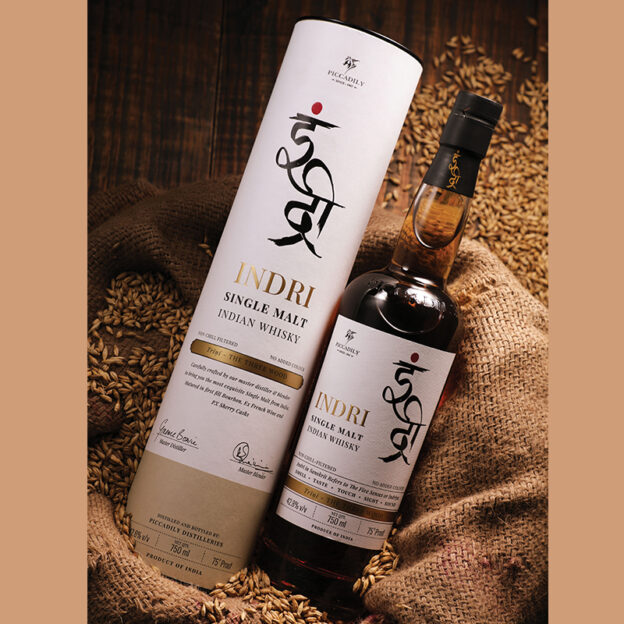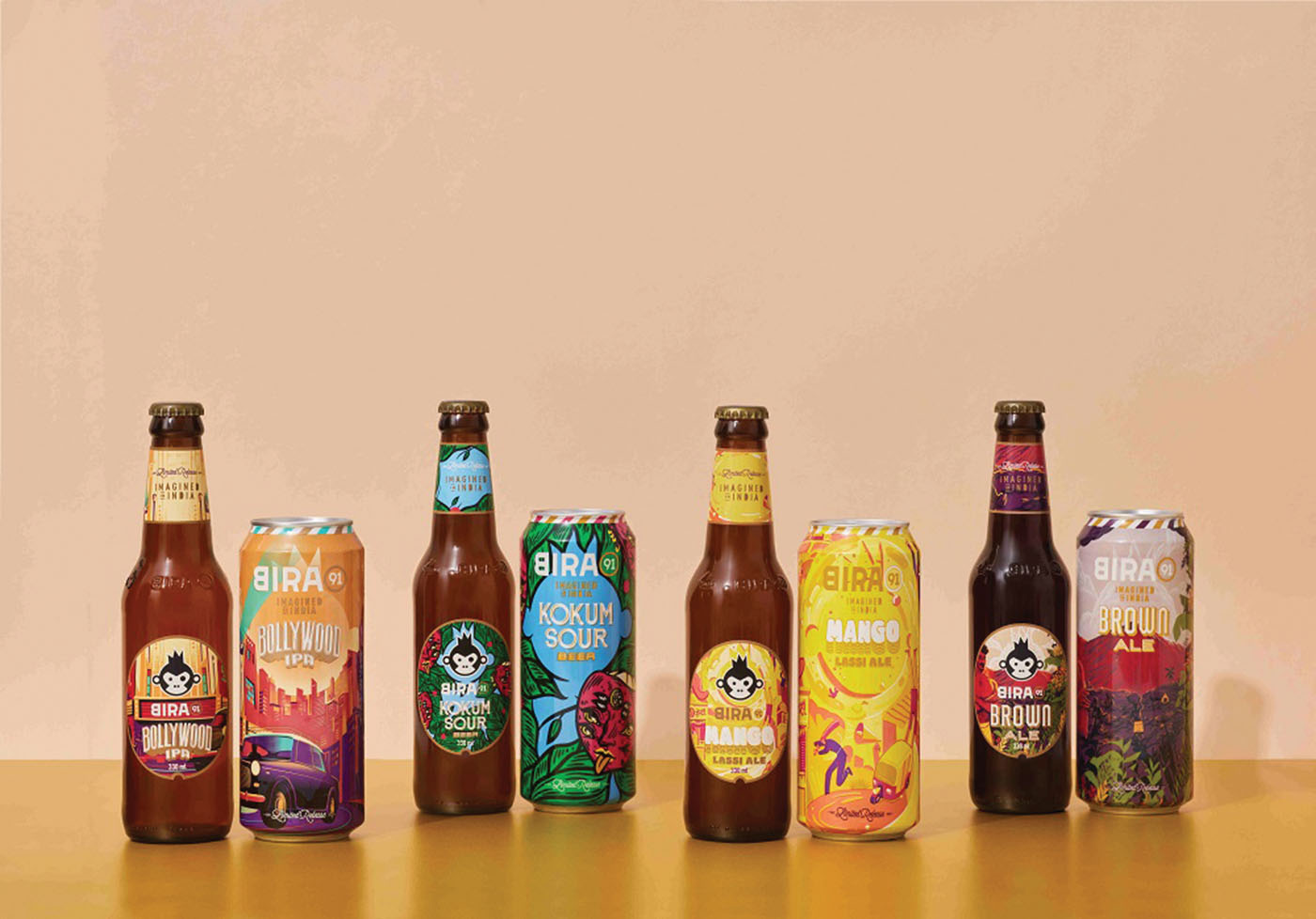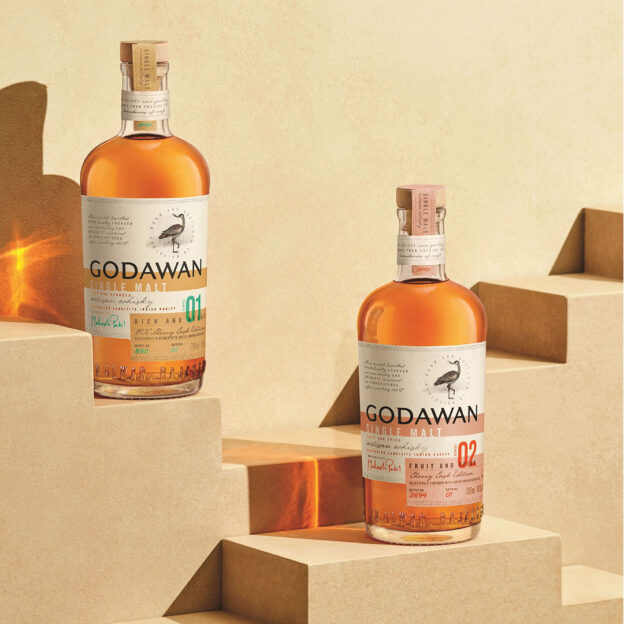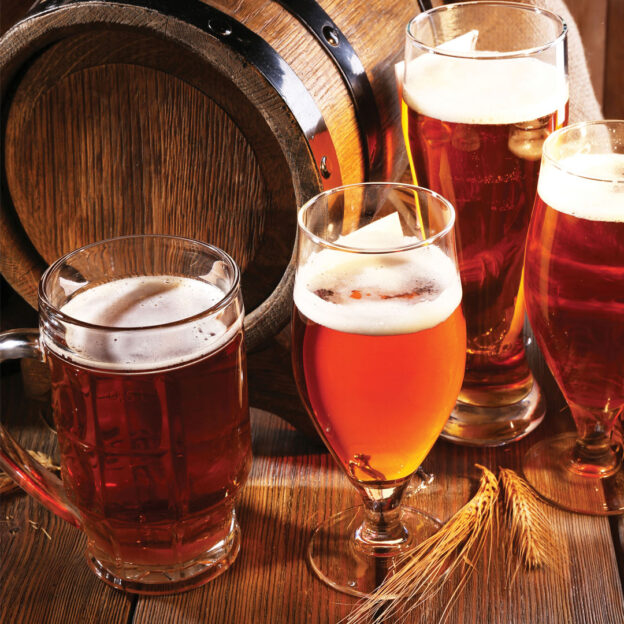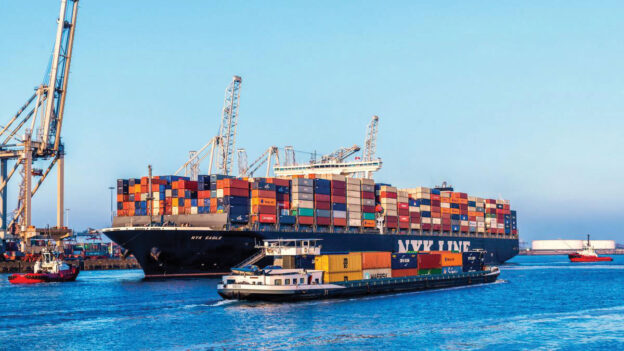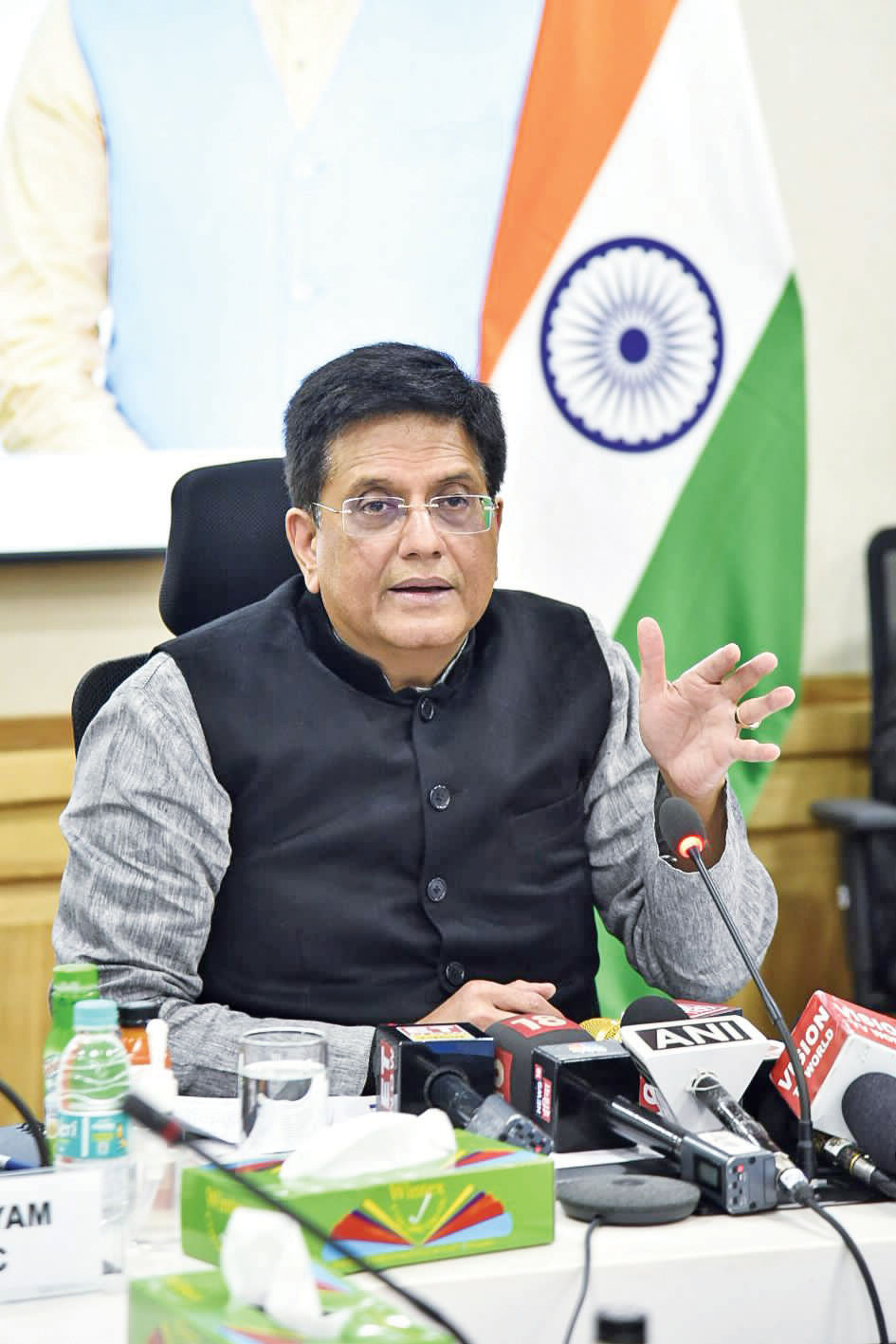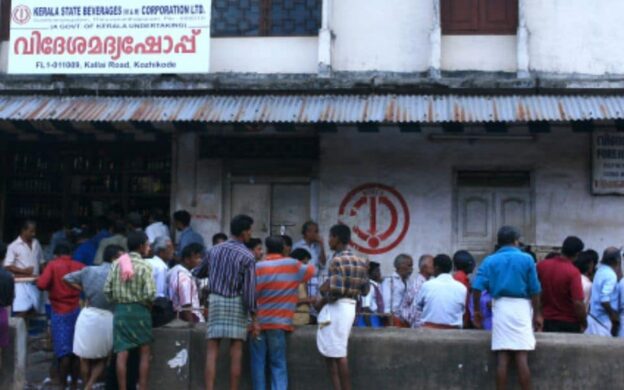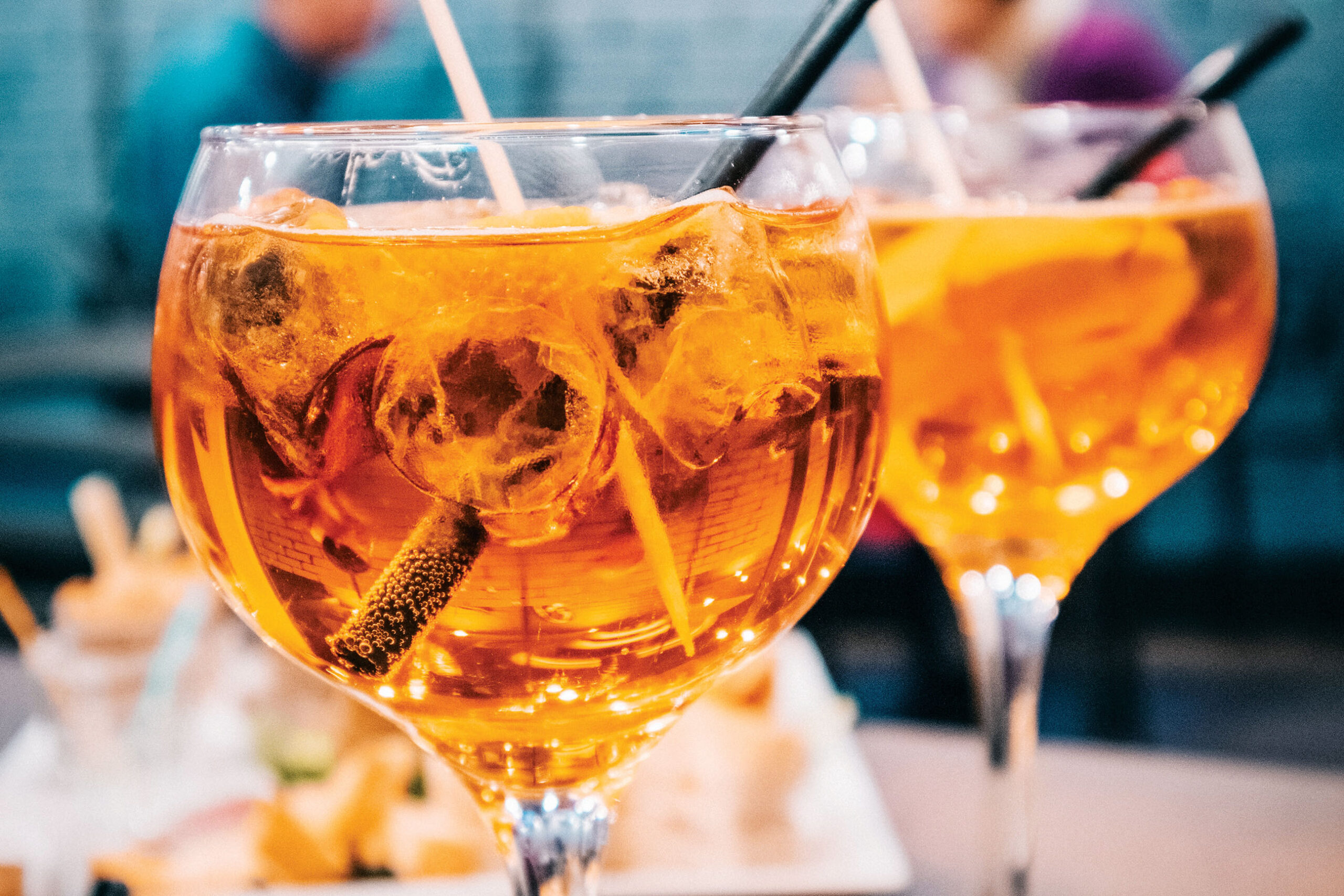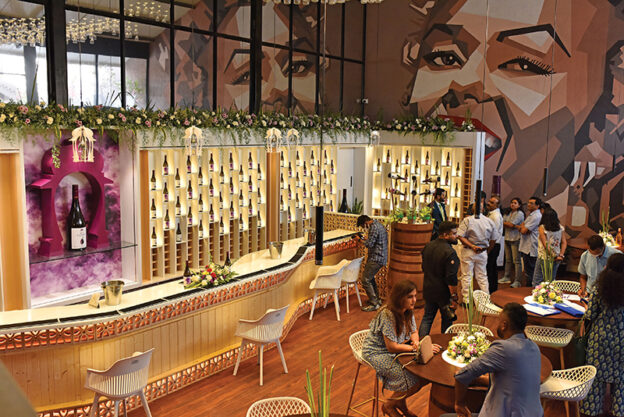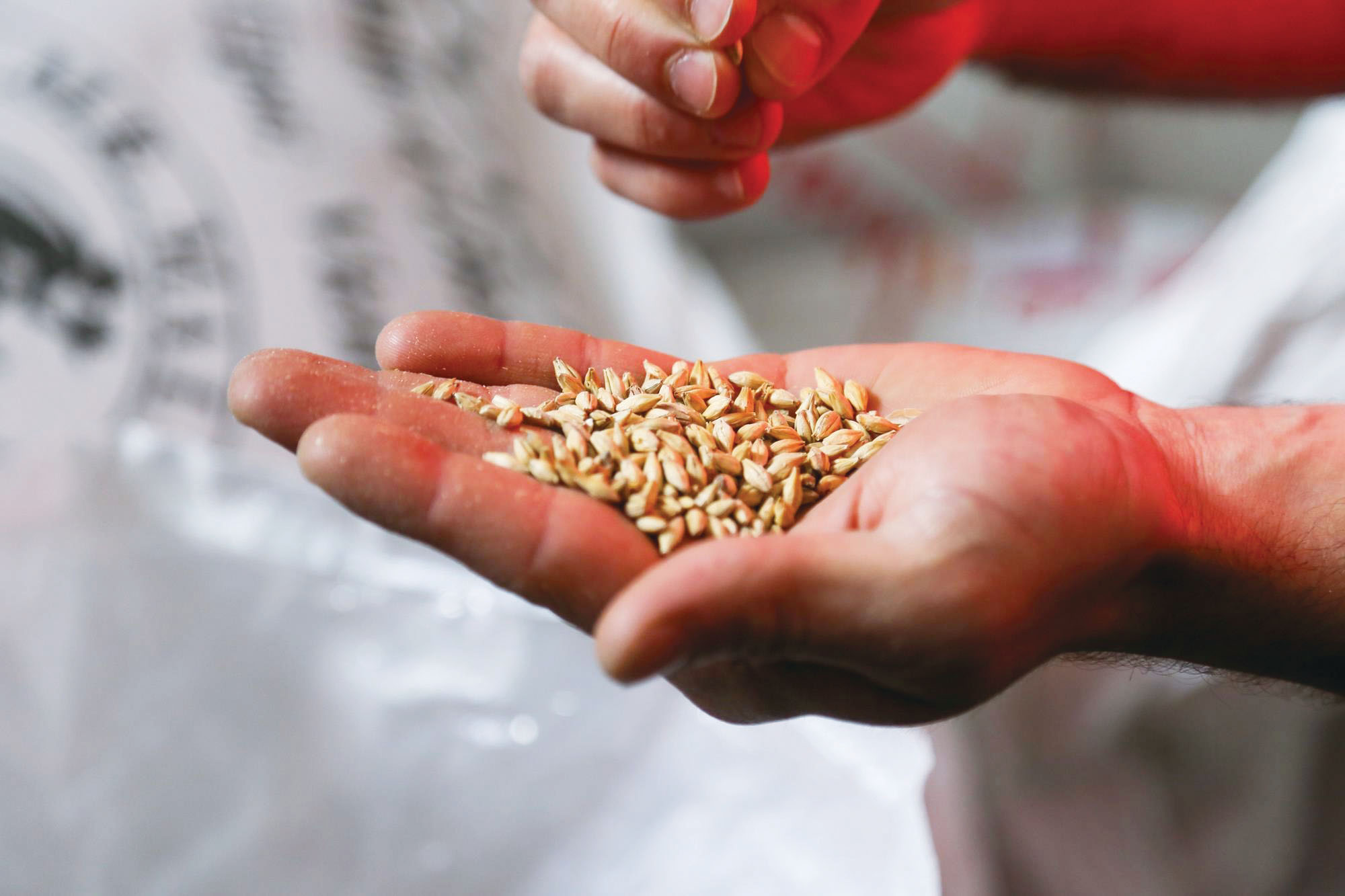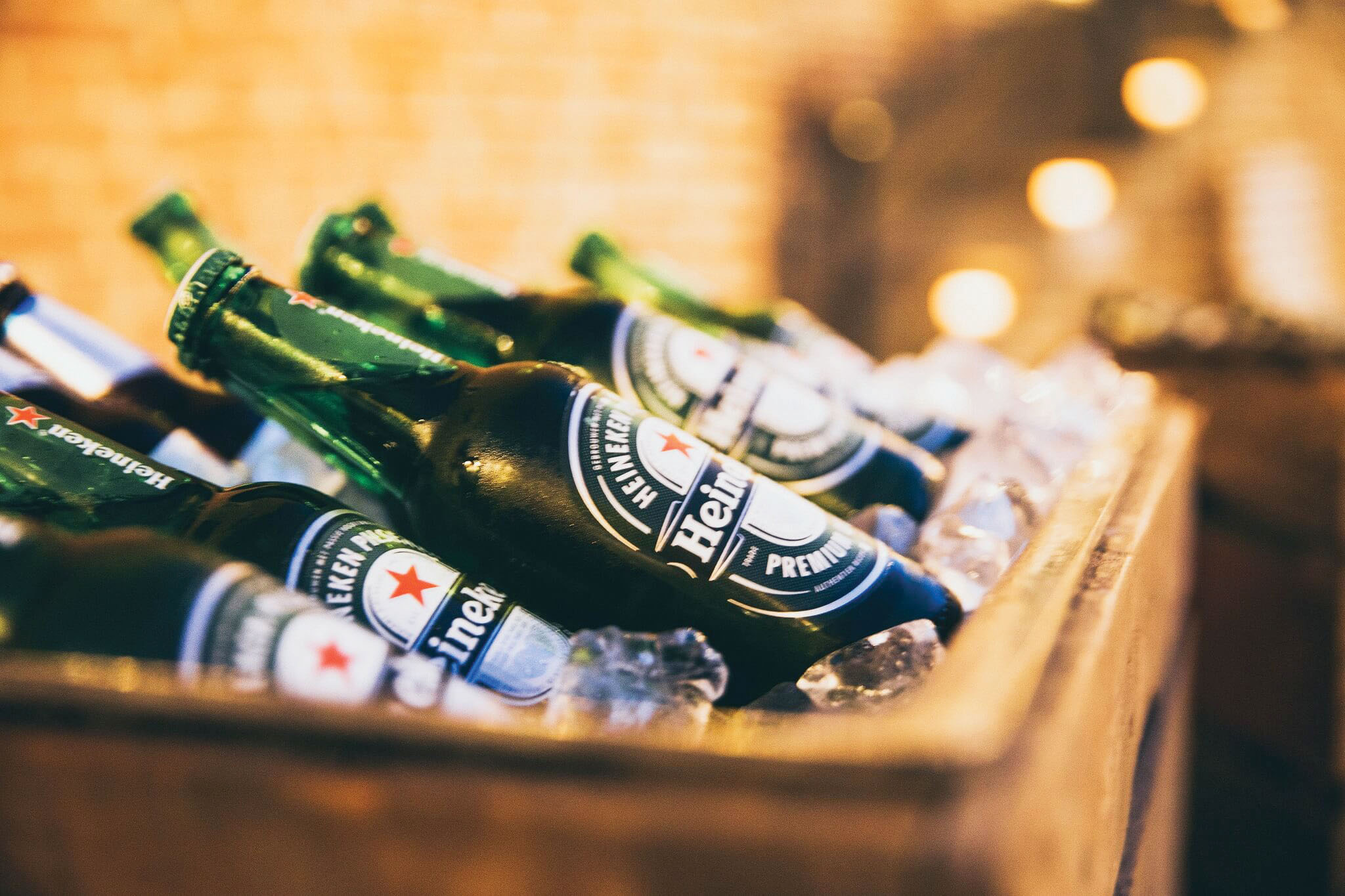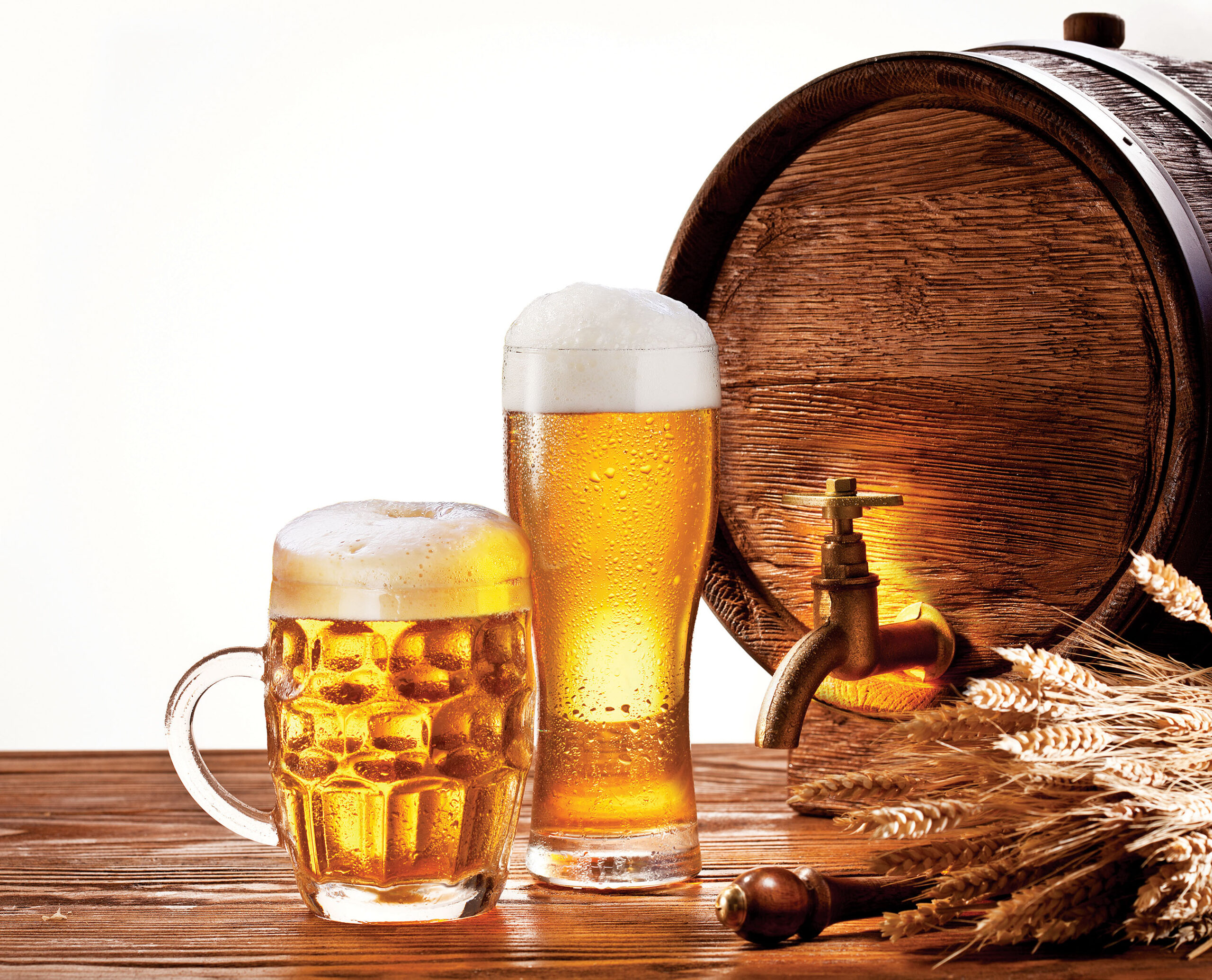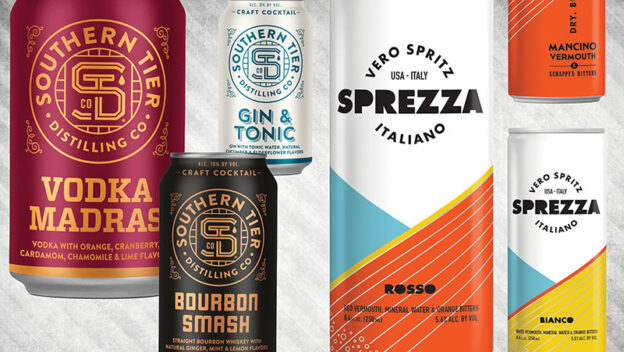Indri Trini is making waves in its nascent years. The new Indian Single Malt, from the stables of Piccadily Distilleries launched in 2021, has been rated as the ‘Best Indian Single Malt’ across all categories by the World Whiskey Awards 2022.
In the first round of World Whiskey Awards Indri Trini won the category winner tag of Gold. Paul John’s Mithuna and Nirvana was tagged silver and bronze respectively. In the second round, Indri Trini walked away with the title of ‘Best Indian Single Malt’ from India across all categories irrespective of being single cask, cask strength or age.
Awakens five senses
True to its name Indri Trini, the Single Malt awakens all the five senses – smell, taste, touch, sight and sound. Indri or Indirya in Sanskrit refers to these five senses. Indri is a quaint little village situated in the catchment area of River Yamuna, nestled in the foothills of the mighty Himalayas. Indri is the place where Piccadily has one of its distilleries, the other two located in Patiala and Bawal.
Indri Trini is truly the new star that the alcobev world is awakening to. Launched recently, its inaugural expression has bagged some of the most prestigious awards globally. Indri has not only got the Indian Single Malt enthusiasts excited, but also has been generating a lot of attention in the international arena.
Indri backed by a mammoth stock of 40,000 barrels with the distillery churning out 12,000 litres of malt spirit every day is all set for the long haul.
The awards have encouraged the distillery to excel. In its debut year, it has also bagged
● Category Winner, No Age statement at World Whiskey Awards 2022 @www.whiskymag.com
● Winner Asian Whisky of the year at Dom Roskrow’s New Wizards Awards 2022 (that is Best whiskey from India/Taiwan/Japan) https://www.newwizards.co.uk/
● Silver, with a 91 score at The International Wine & Spirit Competition 2022
Dom Roskrow, a spirits writer, editor and consultant specialising in whisky, said, “This was one of the most competitive categories in this year’s Awards, with several gold medal winners competing for the title. This, though, was a revelation and joins a growing band of wonderful Indian whiskies. It is matured in ex sherry, ex bourbon and French oak casks so unsurprisingly there’s a lot going on- berry fruits and red peanuts, lemon, grapefruit and tropical notes, all held in place by freshly shaved wood tannins and soft spice.”
Another feather in the cap is the Silver with 91 points at the International Wine & Spirit Competition. Tasted by the connoisseurs across the globe such as Ivan Dixon, Dawn Davies MW, Andrea Dionori, Jeremy Stephens and Ludo Ducrocq have all praised Indri stating that it is clean, malty nose with oak sweetness and hints of tropical fruits. They have said it is tannic, yet has delicate mouth feel revealing prunes, figs and dates giving it an earthy finish.
Trini, the Three Wood
Trini – The Three Wood, is curated by the distillery’s master craftsmen. It is distilled using the traditional Indian 6 row barley, matured in selected barrels, and blended carefully to bring out the individual contribution of each wood (first fill bourbon, ex-French wine and PX sherry casks) without overshadowing the original whisky profile. Indri Trini is bottled at 46% ABV and is a non-chill filtered whisky.
Nose: Hints of black tea, caramelised pineapple with a whiff of oak from the barrel comes forward, followed by vanilla and honey from the bourbon oak and traces of spiced tannins from the European oak, finally topped up with vinous raisin and sweet sherry notes. Gentle and mellow on the nose.
Taste: Elegant richness, smooth and warm on the sides of the mouth. Gentle spice and wood characters come through, followed by nutty flavours and hints of burnt pineapple, citrus and raisins.
Finish: A subtle and balanced finish where each flavour compliments one another without dominating. A smooth and long after taste with sweet fruity flavours coming up from the warmth of the throat, lingering long after.
The extreme temperature of the Northern plains helps the malt spirit mature faster inside the barrels, naturally. This also means the angels happily take away their share, leaving behind sweet tropical flavours and rich natural colour. The distillery proudly uses no fossil fuels to generate its power needs.
Piccadily Distilleries growing from strength to strength
Thanks to the vast experience, Piccadily Distilleries have been able to touch one milestone after other. Having started in 1953 as a liquor distribution firm as Kedar Nath & Sons, in 1967 it formally registered as Piccadily. The brand has only grown from strength to strength. In 2008, it became the first Indian company to receive permission to produce alcohol from sugar cane juice and in 2009 it imported oak barrels from the United States and began distilling spirits from cane juice. In 2010, the founders’ envisioned the creation of a distillery on par with those of Scotland. It commissioned Raj Industries to build what would become of the largest malt plants in India.
Importantly, the company embraced in 2018 a new philosophy towards producing premium, high-end spirits that adhere to EU and Scottish standards of production while phasing out the molasses-based whiskeys of the past. In 2020, it launched Whistler blended whiskey and conceived Camikara rum – representing ‘liquid gold’. The following year it launched Indri single malt whiskey and this year it released Camikara rum, India’s first sipping rum.
The malt distillery at Indri, located off the famous Grand Trunk Road (which linked Central Asia to the Indian Sub continent for almost 2500 years) was set up in 2012. The distillery is also home to 6 traditional copper pot stills (designed and made in India) and 40,000 barrels. Today, it is India’s largest independent malt manufacturer and seller of malt spirits. The distillery is rapidly expanding its warehousing capacity to hold another 30,000 barrels. A new visitor center is also under construction and will be open for visitors by the end of the year.

